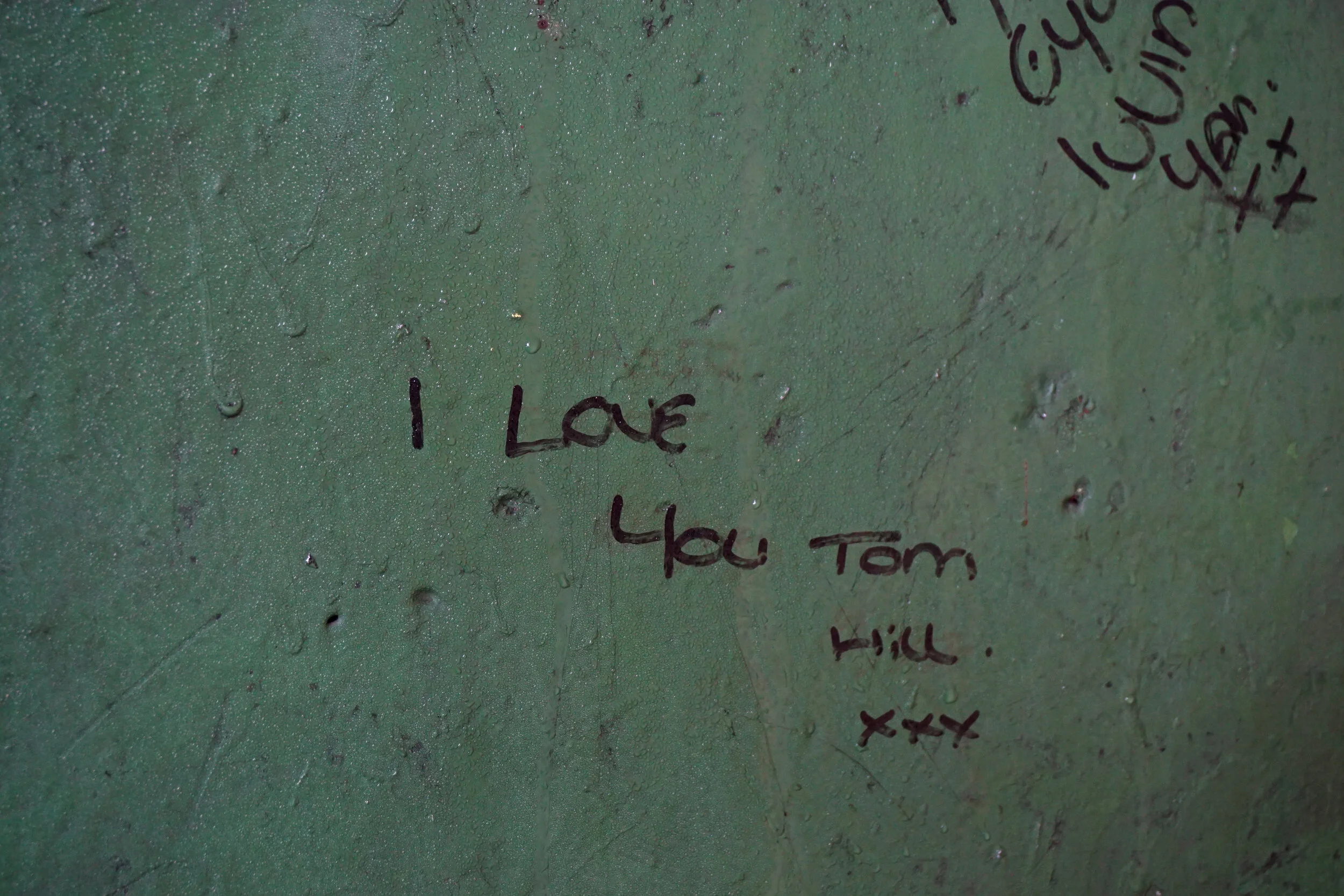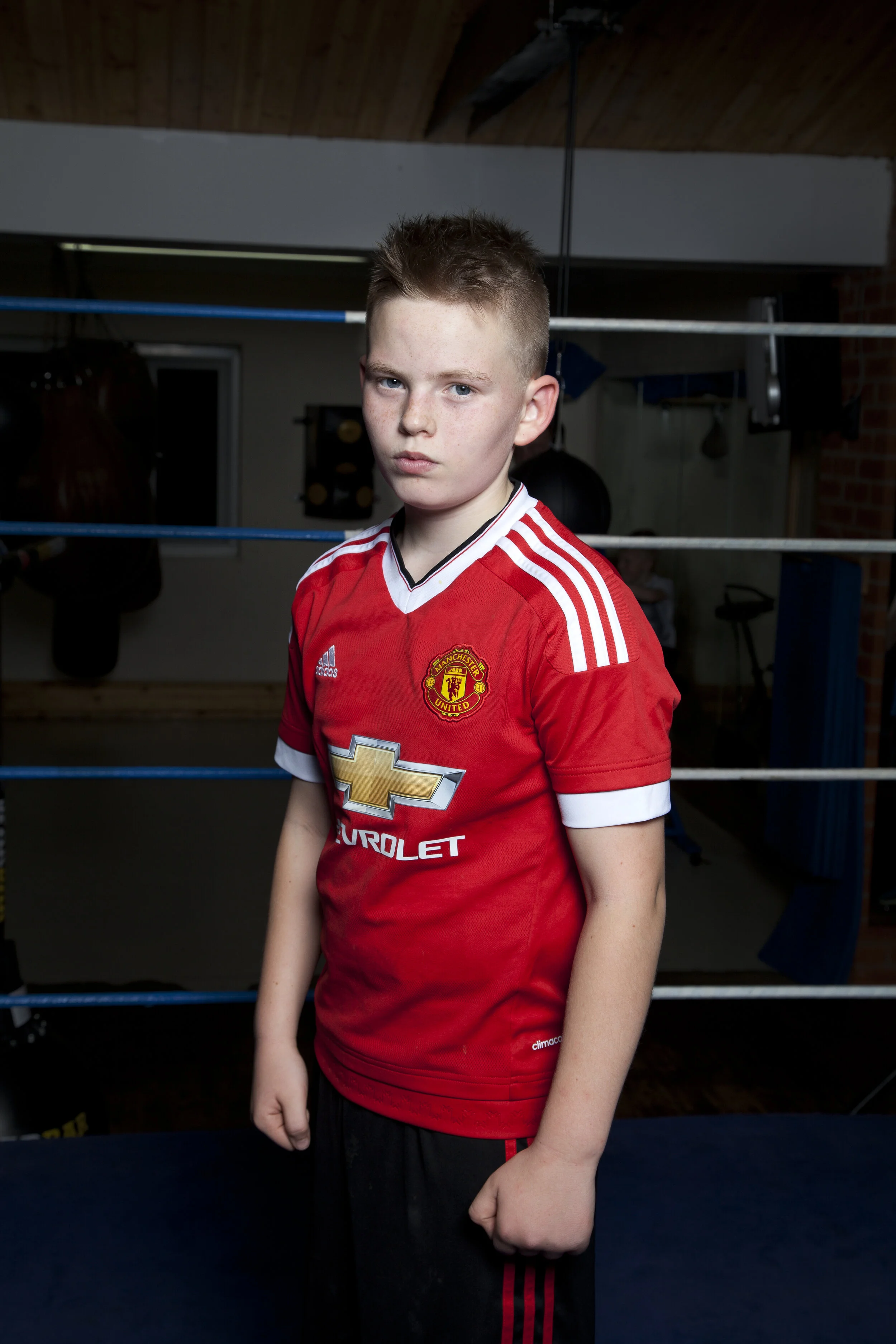A A R O N
Y E A N D L E
The National Forest is a huge sprawling space to photograph; I have focused my response to the Photo-Canopy residency on Swadlincote and its surrounding areas. The reasons for choosing Swadlincote (or Swad) are; It is at the heart of the National Forest, Swadlincote is steeped in a rich industrial history and has gone through a lot of dramatic changes over the years. New conurbations have sprung up in the Swadlincote area New shops and a cinema have been constructed on old waste and industrial ground and new communities have emerged. However, Swadlincote still seems to suffer from past stigmas. I have a personal motive for concentrating on the Swadlincote area, I grew up in Swadlincote and spent my formative years there. I now have an opportunity to go back and photograph this part of the National Forest. I left Swadlincote over 20 years ago, however my parents have been living in Swadlincote for over 30 years.
Swadlincote is South Derbyshire's largest town and is made up of three separate townships - Swadlincote, Church Gresley and Newhall. Swadlincote began to grow rapidly from the late 18th century due to the Industrial Revolution, with the development of large-scale coal and clay extractions. Throughout the 19th century, a number of collieries, brickworks and potteries were established - including Sharpeis Pottery and T.G. Greens. As this industry grew so did the number of chimneys and kilns. It was possible to see 60-70 chimneys from almost anywhere in the town. The growth of coal mining and the clay industry continued with considerable cost to the environment. The town suffered from High pollution, smog, and subsidence. The land became scarred by the colliery waste and clay holes. The collapse of the coal and the pottery industry in the 1980s and 90s had a dramatic effect on the town and the work population. Creating large-scale unemployment and social difficulties.
All of the old collieries slag heaps and clay holes have now been landscaped with trees and grass. Swadlincote is now in the heart of The National Forest. Transforming this industrial scared landscape in to a greener area has spurred the growth of new suburban conurbations. The National Forest now extends right into Swadlincote, creating the Swadlincote Woodlands Forest Park. This woodland area was formerly used for opencast clay extraction.
Even though the Swadlincote area has dramatically changed from the industrial period, it has struggled social and economically from the collapse of its industries. Although money has been spent on its facilities in resent years, for example a new cinema complex and a small shopping park. The towns center it self has suffered from the recent financial breakdown, affecting the small and independent shops. The center of the town is full of charity shops, discount stores and empty premises. However slowly but surly things are starting to change in this area. With the hosting of the international food festival, the festival of transport, and the still ever popular ski slope. Gradually Swadlincote is being rejuvenated again and in many ways due to its strong community background.
A few times a year I return to Swadlincote to visit my Family and can observe how much Swadlincote has changed. However at the same time I can see that in many cases it has not. With photography I have rediscovered Swadlincote, its community and its surrounding areas. The photographs have captured the people, buildings and homes and its ever-changing landscape. I have focused on Swadlincotes unique suburban spaces and the little eccentricities of suburban life of boundaries and flora. Furthermore capturing the ever-changing facades of the town center and the once industrial spaces.
Given that space is never neutral, the work concerns itself with private and municipal spaces. The photographs also deal with the everyday spaces of its environment. The photographs allow us to appreciate the everyday. They entice us to give pause for observation and reflection, on a site that is often glimpsed but scarcely ponded upon. Once we look and observe the doors of perception start to open. The more we stop to observe, the more we can experience the possibility of reality, blending into romanticism and imagination. This series of rural and urban landscapes, interiors and portraits are juxtaposed to create a playful yet ominous symbiotic relationship. The work is an autobiographical observation of my past surroundings and emotions of this unique area of the National Forest.






